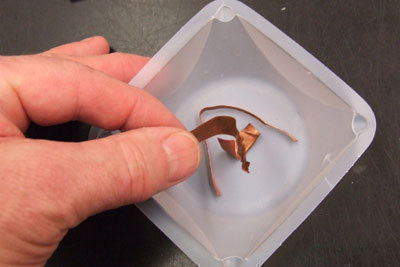What is Malleability?
Malleability refers to metals’ (and other hard materials’) ability to be stretched, shaped, or molded through applied pressure. While not all objects are malleable, most metals are. This is the reason that metals such as gold, silver, and platinum, are used to make jewelry and electronic circuits. Malleable objects can usually be reshaped and molded around other objects when pressure is applied to them via a hammer or roller.
How Malleability Works
Physical changes in metal are responsible for its deformation. When a malleable metal is compressed, individual molecules within the metal are displaced but are not separated. This property allows metal to retain its composition and not break under stress. Therefore, malleable materials can be stretched, reshaped, and forged into a wide variety of tools and devices. For example, a metal spoon is malleable because it can bend without breaking.
Applications
Malleability is applicable in both scientific endeavors and everyday life. For example, malleability in metals accounts for virtually every part within an automobile, especially in the chassis and engine. A metal’s malleability allows it to be used to construct kitchen appliances such as refrigerators, microwaves, and stoves. Malleability is the defining principle behind the construction of any metal object and can be seen in both flat and curved metal objects, especially in the latter.
Advantages
Malleability is required to construct objects out of metal without breaking it. While metal can be manipulated via intense heat, it can also be forged through physical pressure that a hammer, roller, or press delivers. Malleability in a metal is sometimes induced by heating the metal and then forging it through compressive stress. Additionally, malleability can be induced by converting a solid metal to a liquid and mixing it with other malleable metals, allowing properties from one metal to be shared by another.
Disadvantages
Malleable metals can be difficult to find in nature. Because of this, they must sometimes be artificially produced before a metal object can be crafted. Additionally, no metal is completely malleable and will break if placed under enough stress.


Comments - No Responses to “What is Malleability?”
Sorry but comments are closed at this time.